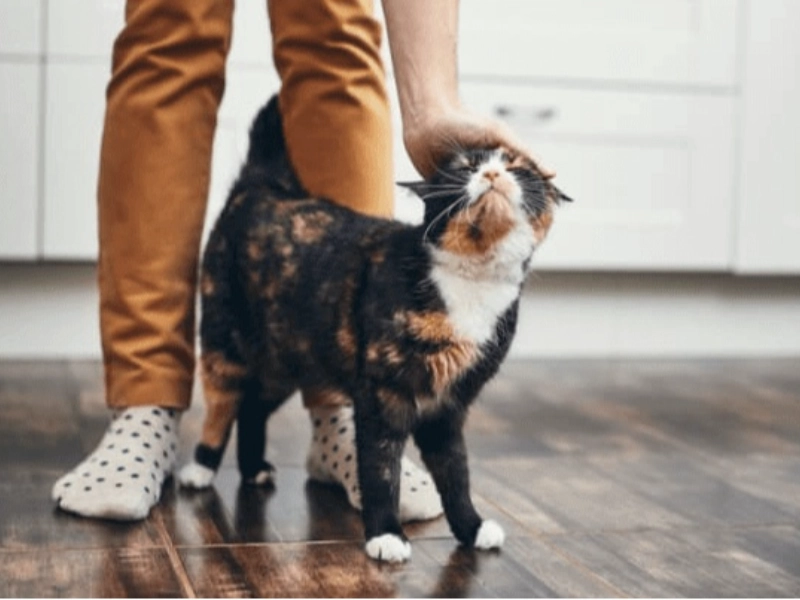4. Establishing New Forms of Communication

Any good connection is based on communication, and the relationship between a cat and its owner is no exception. Establishing effective means of communication with your feline friend is essential for a harmonious living environment and resolving behavioral issues, such as biting. This process involves not only teaching your cat more ways to communicate its needs and desires but also honing your ability to recognize and respond to your cat’s subtle signals.
Cats are natural communicators, using body language, vocalizations, and behaviors to convey their messages. However, these forms of communication may not always align with human preferences or understanding. The goal of establishing new means of communication is to create a mutually understood language that satisfies both the cat’s natural needs and the owner’s desire for peaceful coexistence.
One of the most effective ways to establish new communication habits is through positive reinforcement of desired behaviors. When your cat uses a preferred mode of communication, such as softly meowing or gently pawing at you instead of biting, you should respond promptly and positively. This might involve giving treats, affection, or fulfilling the expressed need. Consistency in this approach teaches the cat that these more subtle forms of expression are more effective in conveying their message.
It’s also crucial to closely observe your cat’s body language and vocalizations. Cats often give subtle signals before resorting to more forceful actions like biting. These signals can include tail twitching, ear positioning, changes in pupil size, or specific types of meows. Recognizing and addressing these early signs can help you meet your cat’s needs before they escalate into undesirable behaviors.
Establishing new communication patterns also relies on creating a routine for regular interaction and play. Set aside specific times each day to focus solely on your cat. During these sessions, encourage behaviors you want to see more of, such as playing with toys instead of hands. This not only provides an outlet for your cat’s energy but also reinforces positive communication habits.
Another aspect of establishing new communication is teaching your cat to associate specific cues with particular outcomes. For example, you could use a particular word or sound to signal feeding time. Over time, your cat will learn to respond to this cue instead of resorting to more demanding behaviors to indicate hunger.
Creating an environment that supports positive communication is also beneficial. This can involve providing hiding spots, climbing frames, or scratching posts that allow your cat to express natural behaviors in appropriate ways. By meeting these needs proactively, you can prevent your cat from resorting to disruptive behaviors to gain attention or express frustration.
Remember, patience is key throughout this process. Like people, cats have unique personalities and may take varying amounts of time to adjust to new communication methods. While some cats may quickly pick up on new cues, others might require more time and practice. The key is to remain consistent in your approach and celebrate small victories along the way.

